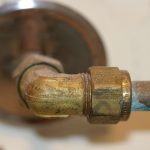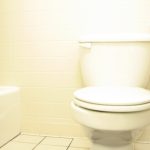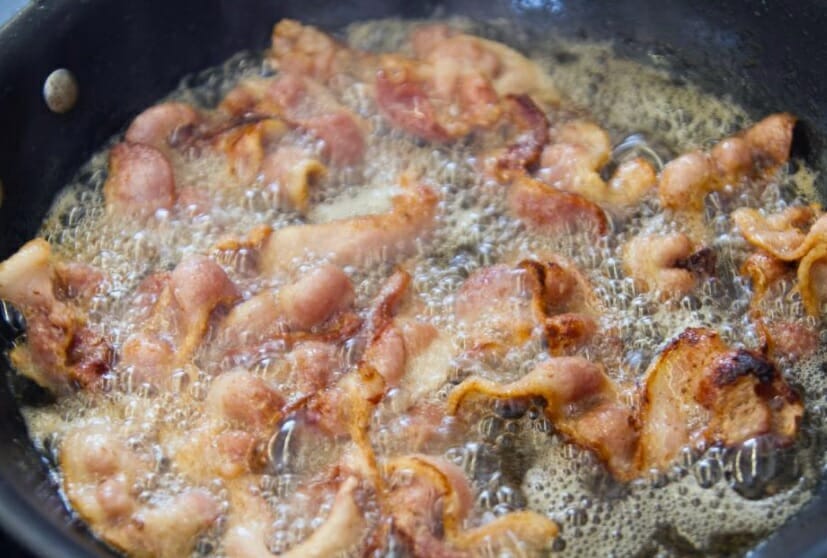Anyone working in the food service industries needs to learn a great deal about how commercial kitchens work differently to a home kitchen. The volumes of food produced on a daily basis produce a lot of waste and byproducts that need to clean away. One of the dirtiest jobs in any kitchen is cleaning the grease traps to ensure that it continues to work efficiently. The part of the kitchen has to be regularly maintained and cleaned to a high standard, or the kitchen will no run smoothly. In this article, we will explain what a grease trap is, and they show you an efficient six step cleaning guide.
What is a Grease Trap?
If you’re new to the foodservice industry or planning to join that workforce soon, you may not know what a grease trap is or how it works. The grease trap is a vital part of any busy commercial kitchen, and without it, day to day operations would soon grind to a halt. A grease trap is connected to the plumbing system of the kitchen. This system separates the grease, oils, and other sludge from the kitchen wastewater before it enters the drain. This is essential; untreated kitchen water would quickly form clogs that would block the drain and cause the water to back up into the kitchen area. The grease trap gradually fills with material over time, and it needs to be emptied and cleaned regularly. This ensures that it continues to work well, and it reduces the chance of a kitchen drain blockage.
6 Step Grease Trap Cleaning Guide
Cleaning a grease trap is not a pleasant task, but it’s essential, and if you have an efficient cleaning system, it doesn’t take too long. Follow these six steps carefully in order, and the cleaning will go faster, and it will be far more effective.
Step 1: Inspecting the Grease Trap
Locate the grease trap in your commercial kitchen and find the lid located at the top. The grease trap lid is sealed, and you need to remove it carefully with a pry bar. Don’t force the lid open; go slowly. There is a gasket located under the lid, and it can be damaged if you’re too rough. Once the lid is loose, remove it and place it somewhere safe and out of the way to avoid a trip hazard. Then take some time to familiarize yourself with the various components inside the grease trap before you start cleaning.
Step 2: Measure the Grease Level
For this step, you will need an appropriate measuring stick to get an accurate measurement. Take the stick and slowly lower it into the great trap until it hits the bottom and keep it as straight as possible. Then slowly twirl or rotate the measuring stick to get an accumulation of grease on the surface that will give you the measurement. Slowly withdraw the stick and take note of the grease measurement level point. This figure needs to be recorded in the “FOG pump out report,” which is a document required by the Environmental Protection Agency (EPA). The FOG pump out report has an address where it needs to be mailed after you’ve finished the grease trap clean.
Step 3: Remove the Standing Water
There may be some standing water inside the grease trap, and this needs to be removed before you can begin cleaning. Use a smaller bucket for this task, hold it under the water and allow it to fill naturally. Don’t dump this water into the drain, it still contains significant quantities of grease and oil, and it will contribute to the formation of a drain clog. Hold this gathered water to one side until the cleaning is completed and then dispose of it responsibly.
Step 4: Removing the Grease
Now for the fun part, all joking aside, this is where the real cleaning starts, and it’s not a pleasant task. It’s important to protect your hands with a pair of thick rubber gloves, and you should get a small bucket or scoop to get the grease out. During this step, you can start to remove the grease, oil and sludge buildup out of the grease trap. For obvious reasons, this material cannot be placed into the drain for disposal. The gathered grease should be placed in heavy duty trash bags that are designed to hold liquid. The entire inner surface of the grease trap needs to be carefully scraped clean. Once the majority of the material has been removed, you can continue with a wet vacuum to gather up those final remnants of greasy material. But, if you decide to use a vacuum, it will not be useful for much else afterward, and you may need to make it a dedicated machine for this purpose only.
Step 5: Scrubbing the Grease Trap
Now the standing water and greasy sludge have been removed, you can see the surface of the grease trap, and this needs to be thoroughly cleaned. The best way to approach this task is to use some warm water and a good liquid detergent soap. Use a metal scrubbing pad, dip it in the soapy water and gently scrub at the greasy deposits until they come clean. Once you’ve cleaned these surfaces, you can rinse the grease trap with clean water to get those final greasy deposits. Then you can scrub the removable parts, the screens, and the inside of the grease trap lid clean. All of these parts will also benefit from a rinse in clean water.
Step 6: Finishing Up
The grease trap and the associated parts are now clean and free from oil, grime, grease, and sludge. Give all the surfaces a quick wipe down with a clean towel to get them dry and reassemble the grease trap. Place the lid back on and gently push down to secure it in place. As soon as you’re finished cleaning, it’s a good idea to complete a copy of the FOG report that you’re going to submit to the EPA. Keeping personal copies of your records is helpful if a FOG report goes missing for any reason.
If you have any drainage problems in your commercial kitchen, contact your local certified plumber for expert help and advice.
By Giovanni Longo President Flood Brothers Plumbing
Giovanni Longo is a 3rd generation master plumber who has been practicing his craft and trade in the greater Los Angeles area for well over a decade and a half. A plumbing and hydraulics-engineering innovator, Giovanni’s particular world-class expertise focuses on dealing with challenging sewer system designs as well as resolving complex commercial and residential draining issues. As a certified Flood Mitigation expert, he is also well versed in a wide variety of water damage and remediation solution.





